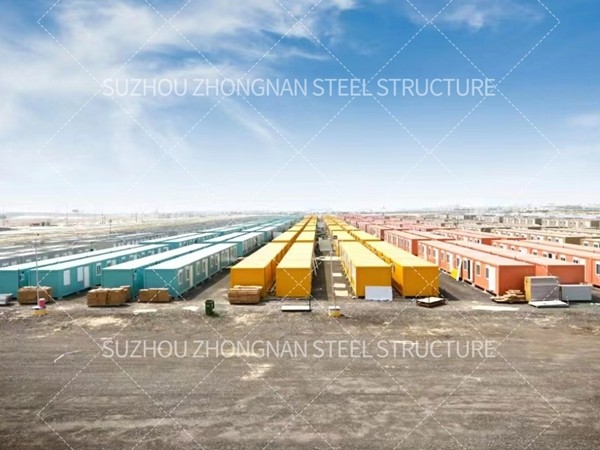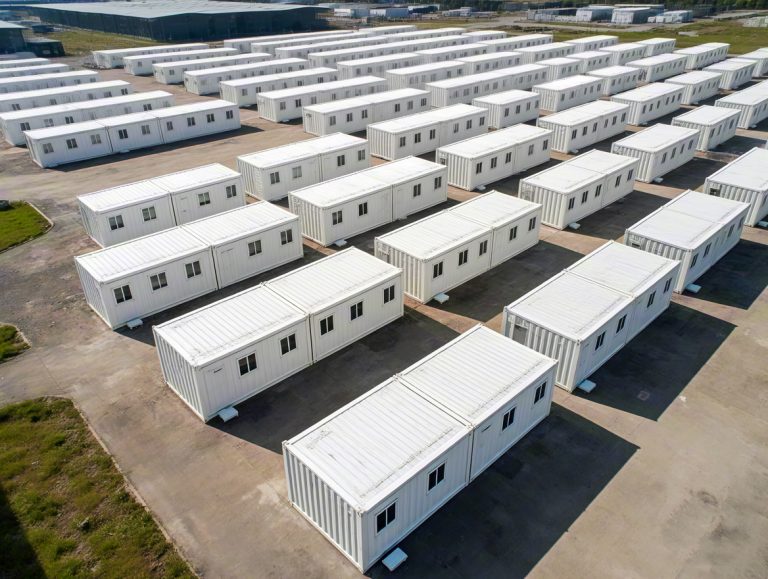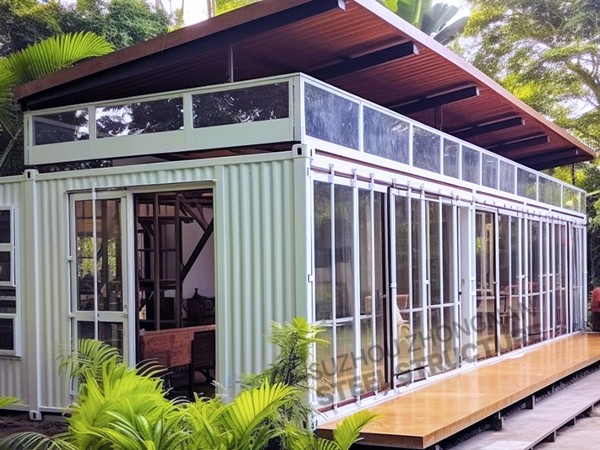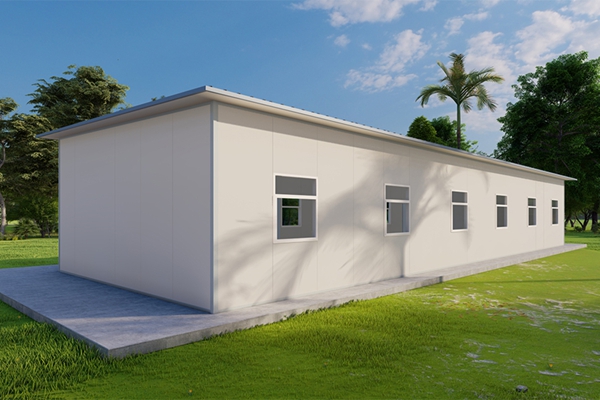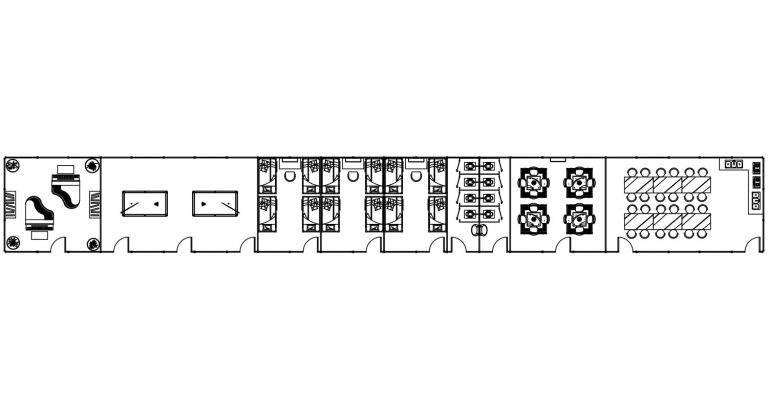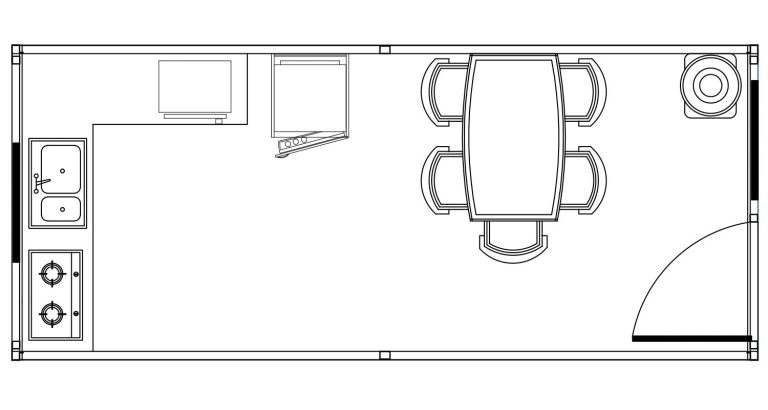prefab shipping container homes cost
Exploring the Cost of Prefab Shipping Container Homes A Comprehensive Guide
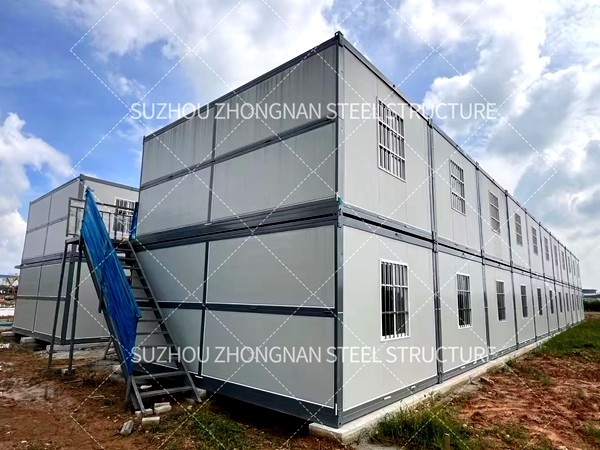
The concept of turning shipping containers into homes represents a blend of modern design, sustainability, and practicality. Prefab shipping container homes have garnered immense popularity due to their affordability, durability, and the potential for customization. But what exactly does it cost to dive into this unique housing solution? This guide seeks to unravel the complexities of prefab shipping container home costs, leveraging real experiences, expert insights, and trusted data sources.
Understanding the Basics of Prefab Shipping Container Homes
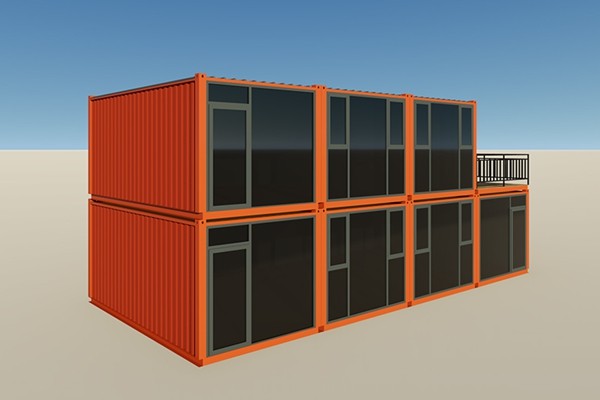
To grasp the costs involved, one must first appreciate what prefab shipping container homes entail. Essentially, they are residential structures designed using repurposed shipping containers—steel boxes originally used for transporting goods across the globe. These containers, typically measuring 20 or 40 feet in length, provide a sturdy and versatile building material.
Breaking Down the Costs
1. Container Acquisition and Preparation
The first step involves acquiring the containers. A standard new 20-foot container might range from $3,000 to $5,000, while a used one could be obtained for about $1,500 to $2,500, depending on condition and location. It's crucial to factor in delivery charges, which can vary widely based on distance and accessibility of your site.
2. Design and Planning
Engaging an architect or designer familiar with container homes is highly recommended. Their expertise ensures that the home aligns with your vision while complying with local building regulations. Fees for these professionals typically start at $75 per hour, but complex designs can increase costs. Consider budgeting $1,500 to $5,000 for this phase.
3. Site Preparation
Preparing the land is a pivotal step. It involves clearing the plot, laying a foundation, and setting up utilities. Depending on the terrain, site preparation may cost between $5,000 and $15,000. The type of foundation—slab, pier, or crawlspace—also significantly impacts total expenses.
4. Assembly and Construction
The actual construction process includes modifying the containers for living purposes—cutting spaces for doors and windows, insulating the units, and installing ventilation. Depending on the complexity, this could cost anywhere from $15,000 to $50,000. Skilled labor, specialized tools, and quality materials are essential here.
5. Interior Finishing
The finishing touches include plumbing, electrical work, and internal aesthetics. Cabinets, flooring, fixtures, and appliances can quickly add up. A modest estimate for interior finishing might start around $20,000 but could reach $100,000 for high-end finishes and systems.prefab shipping container homes cost
6. Permits and Regulations
Navigating local building codes and obtaining necessary permits are critical yet often overlooked expenses. Depending on locality, these fees can range from $500 to $5,000. Engaging with local authorities early in the project can mitigate potential delays and additional costs.
Identifying Hidden Costs
Potential builders should be aware of unexpected expenses. For instance, in certain climates, enhanced insulation or anti-corrosive treatments might be necessary, potentially adding thousands to the budget. Additionally, ensuring that the construction adheres to zoning laws can incur extra consultancy fees.
Real-World Experience Key Takeaways from Homeowners
Homeowners who have successfully embarked on this journey often emphasize the importance of detailed planning and budgeting. Unexpected delays and cost variations frequently arise, making a contingency budget essential. Many recommend allocating an extra 15% to 20% of the projected costs for unanticipated expenses.
Expert Advice Future-Proofing Your Investment
Industry experts advise considering future needs and flexibility. Opting for a design that allows for easy expansion or modification could prove invaluable as family dynamics or financial situations change. Investing in quality materials and construction ensures longevity and reduces maintenance costs in the long run.
Conclusion Affordable Housing with a Caveat
While prefab shipping container homes offer an enticing and economical housing option, careful consideration of the full cost spectrum is essential for a successful project. Beyond the tangible expenses, the value of such homes often lies in their sustainability, uniqueness, and the innovative spirit they embody. By leveraging expert guidance, diligent planning, and real-world insights, aspiring homeowners can turn the vision of a prefab shipping container home into a rewarding reality.

